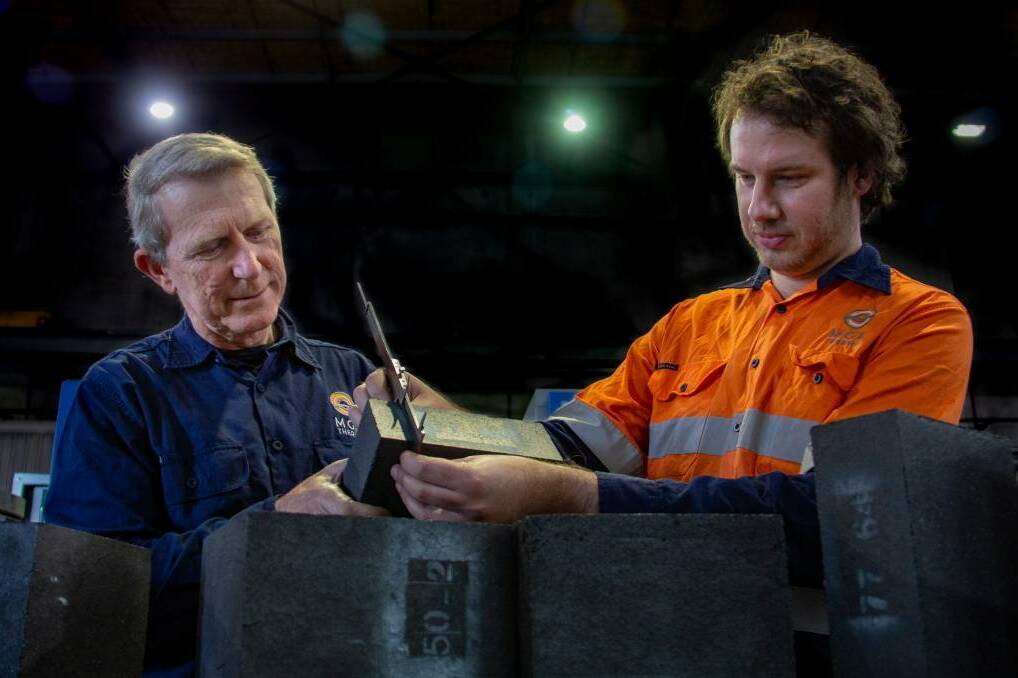Tomago-based MGA Thermal is in discussions with several of the Hunter's largest industrial steam users about how they can reduce emissions by substituting clean energy for natural gas.
At the heart of the process is MGA's Miscibility Gaps Alloy block technology, which can store heat for periods ranging from hours to days with minimal loss of energy.
A recent focus for the company has been the application of the breakthrough technology to help industry reduce carbon emissions and achieve emission reduction targets.
By releasing heat stored in the blocks to create steam, large power users can reduce the amount of power they need to draw from the grid.

The process uses a heat recovery steam generator to capture exhaust gases at about 700 degrees and convert them into steam.
"It's a different way of thinking about a battery," MGA Thermal Co-Founder and Chief Technology Officer Alex Post said.
"It's actually the user removing a load from the grid, rather than thinking of it on the generator side or additional capacity that can be brought online.
"It's something that is just starting to hit people's radar."
He said several Hunter-based industrial steam users were on track to adopt the technology in 2024.
"They are huge users of natural gas so there is an enormous opportunity to reduce emissions," Dr Post said.
The project is about 10 times the size of a pilot project that MGA Thermal has been running at its Tomago headquarters.
"This (pilot) unit uses 3700 blocks and stores 5 megawatt hours of energy so we'd be looking at something in the order of 50 megawatt hours or 37,000 blocks," Dr Post said.
The end result would save energy to power 1000 homes.
Dr Post said with the right level of government support, the technology had the potential to help hard to abate industries achieve their emissions reduction targets sooner.
"It's very much a 'show me don't tell me approach'," Dr Post said.
"MGA is showing what can be achieved with our pilot project. If you combine that with a bit of government support you will help an industrial user accept the risk of being the first one to adopt the technology.
"Ultimately it's about the attraction of the technology and the proof of seeing demonstrators in the field doing what we say it is going to do."







